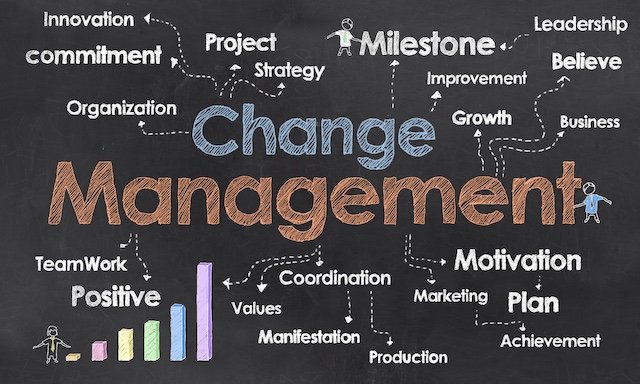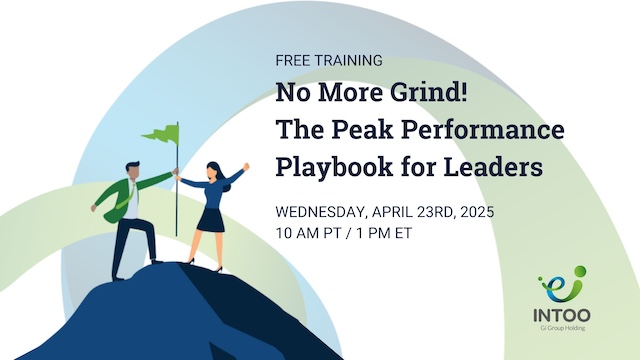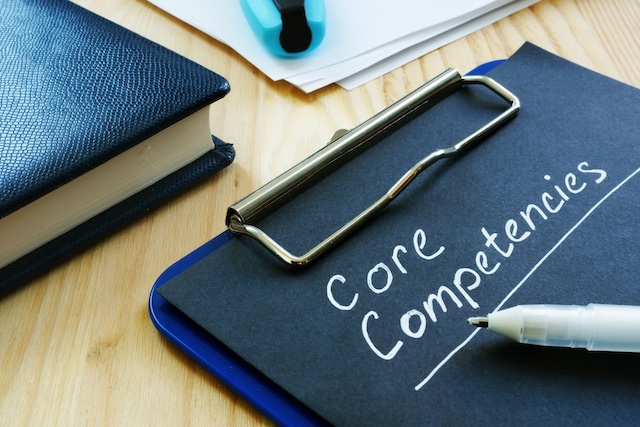Employee resource groups (ERGs) are voluntary, employee-led organizations within a company that aim to foster a diverse and inclusive workplace. These groups typically focus on shared characteristics or life experiences, such as race, gender, sexual orientation, or veteran status. ERGs offer an avenue for employees to connect, share resources, and support one another, creating a sense of community and belonging. They often organize events, workshops, and networking opportunities that promote professional development and awareness of various issues faced by their members.
In addition to supporting individual employees, ERGs play a crucial role in driving organizational change. They serve as a valuable resource for leadership, providing insights into the needs and challenges of different employee demographics. By advocating for policies and practices that enhance diversity and inclusion, ERGs contribute to a more equitable workplace. Ultimately, these groups help cultivate a culture where all employees feel valued, engaged, and empowered to thrive.
Why Are Employee Resource Groups Important in the Workplace?
Employee resource groups (ERGs) are vital in the workplace as they promote diversity, inclusion, and belonging. They provide an environment where employees can support one another, share experiences, and advocate for their needs. ERGs foster professional development through networking and mentorship opportunities, enhancing employee engagement and satisfaction. Additionally, they offer leadership insights into the challenges faced by diverse groups and help to shape inclusive policies. Ultimately, ERGs drive innovation and improve overall organizational performance by ensuring that all voices are heard and valued.
What Are Three Examples of Employee Resource Groups?
Employee resource groups (ERGs) are essential components of many organizations, fostering community and support among employees with shared identities or experiences and their allies. Here are three common examples:
Women’s employee resource groups
Women’s employee resource groups focus on promoting gender equality and supporting the professional growth of female employees. These ERGs organize networking events, mentorship programs, and skill-building workshops tailored to women’s career advancement. By creating a space where women can share their experiences and challenges, the groups foster a sense of community and solidarity. Additionally, women’s ERGs advocate for policies that support work-life balance, equal pay, and family-friendly benefits, aiming to create a more equitable workplace for all employees.
LGBTQ+ networks
LGBTQ+ networks serve as a supportive community for LGBTQ+ employees and their allies. These ERGs aim to create a safe and inclusive environment where individuals can express their identities without fear of discrimination. The groups host educational workshops, pride celebrations, and panel discussions that raise awareness about LGBTQ+ issues and foster allyship among colleagues. By advocating for inclusive policies and practices, the LGBTQ+ networks not only support their members but also promote a culture of acceptance and respect throughout the organization.
Multicultural diversity alliances
Multicultural diversity alliances are dedicated to celebrating and promoting cultural diversity within the workplace. These ERGs bring together employees from various backgrounds to share their unique perspectives and experiences. These groups organize cultural events, awareness campaigns, and community service initiatives that highlight the richness of different cultures. By fostering open dialogue and understanding, multicultural diversity ERGs aim to break down barriers and promote inclusivity. Additionally, the group serves as a resource for the organization, offering insights on how to create a more culturally competent workplace.

How Do You Structure an Employee Resource Group?
Structuring an employee resource group (ERG) involves several key steps:
- Define purpose and goals: Clearly articulate the mission, vision, and objectives of the ERG.
- Gather support: Secure buy-in from leadership and gather interest from potential members to ensure a solid foundation.
- Establish leadership: Appoint a diverse leadership team responsible for guiding the ERG’s activities and initiatives.
- Create a charter: Develop a formal charter that outlines the group’s purpose, governance, and operational guidelines.
- Set membership guidelines: Define who can join, how to join, and any specific commitments required from members.
- Plan activities: Organize regular meetings, events, and initiatives that align with the ERG’s goals and foster engagement.
- Measure impact: Establish metrics to evaluate the ERG’s effectiveness and gather feedback for continuous improvement.
- Communicate regularly: Maintain open communication with members and the wider organization to promote events and share successes.
Conclusion
Employee resource groups (ERGs) are vital for promoting diversity and inclusion within organizations. They create supportive networks for team member advocacy and empowerment. By facilitating professional development and offering a platform for underrepresented voices, ERGs enhance employee engagement and retention. Furthermore, they provide valuable insights to leadership, helping to inform policies that promote equity and understanding. As organizations strive for greater inclusivity, ERGs will continue to be a key driver of positive change and ensuring all employees feel valued and connected.
Giving all your employees opportunities for growth and development is another way to support underrepresented groups at your organization. INTOO offers a broad range of career coaching programs, training programs, and workshops for every member and every level of your workforce. Contact us today to learn how we can help.











